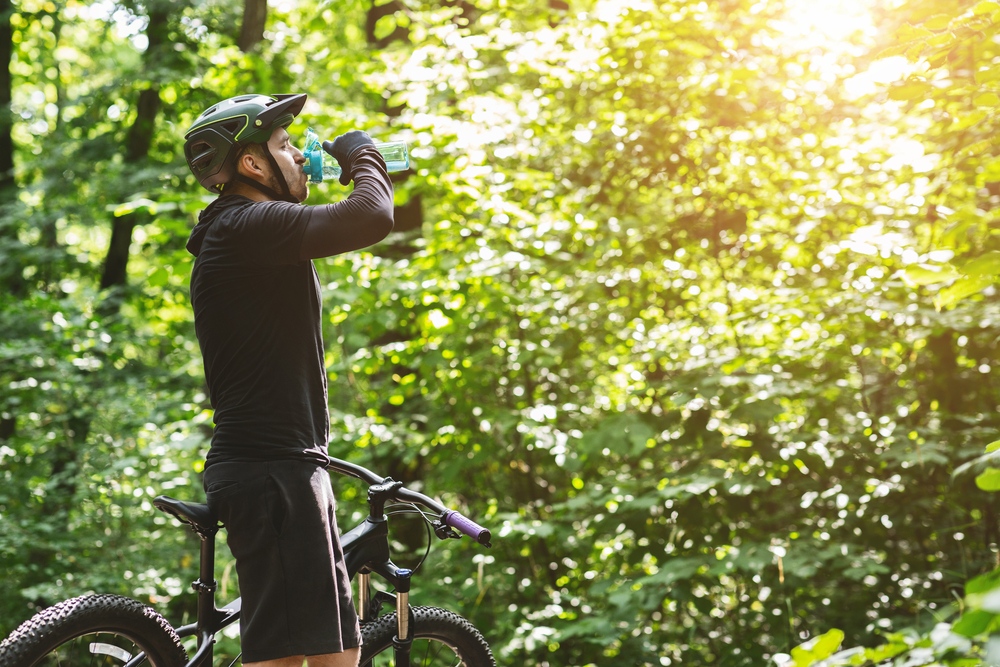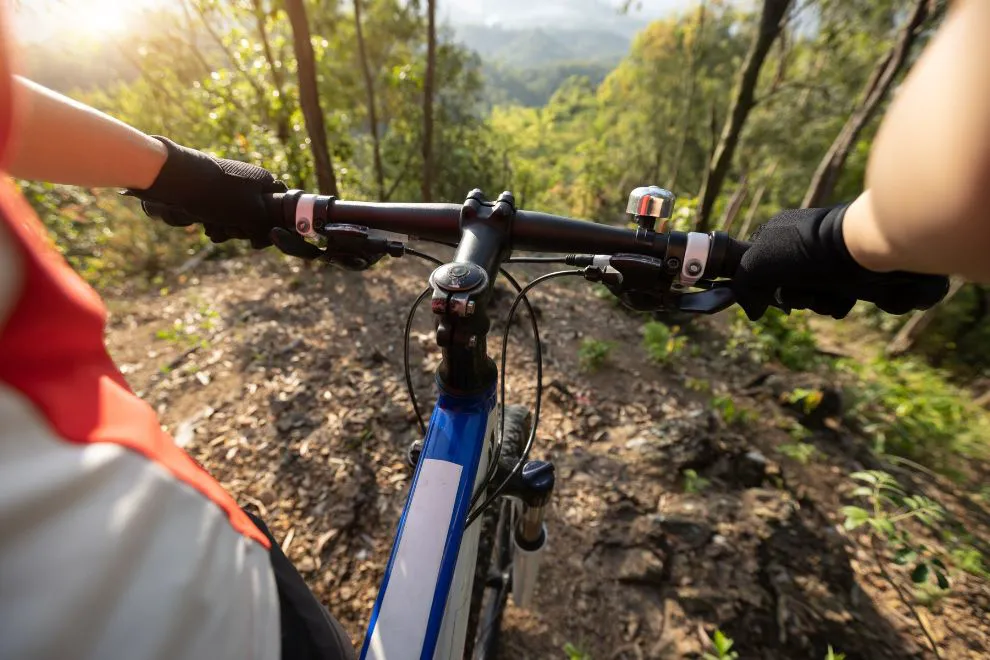Stay hydrated
The most important thing to remember at the start of a new season is hydration. While you might not need to worry too much about food for shorter rides, bringing a bottle of water is always a good idea. Even mild dehydration can affect your cycling performance and it sure makes you feel unpleasant. It’s good to have about 500 ml of fluids for every hour you’re planning to ride. Also, try to drink from the start of your ride, don’t wait for thirst to catch up. You can go by the rule of taking 2-3 sips from your bidon every 10 minutes right from the moment you start riding.

Don’t run out of energy
If you’re planning a ride that’s longer than 90 minutes, your body will burn through the stored glycogen reserves. This means you will either have to significantly slow down or run only on your stored fat. This is called bonking and doesn’t feel very good. Or you will have to replenish some of the energy you’re burning while pedalling.
It’s good to start with a good pre-ride meal. If it’s breakfast, you can go for a classic oatmeal bowl with berries to get a good amount of slow-release energy in. If you’re planning a long ride, consider adding an omelette for some protein too. Once on the bike, aim for 30-60 g of carbs per hour to keep your energy levels high. You will get around 30 g of carbs from one banana or a typical energy bar. Pack the appropriate number of bananas, energy bars or sandwiches based on the length of your ride.
Mix in electrolytes
One thing that can get you in real trouble is losing too many electrolytes through sweat. Being low on electrolytes, especially sodium, can cause cramps and significant impairment of mental and physical performance. Each litre of sweat contains roughly 900 mg sodium, 1 mg magnesium, 300 mg potassium, and 15 mg calcium. If you’re planning to ride in heat or tend to sweat a lot, have a plan to replenish lost electrolytes.
You can go with specially formulated sports drinks that will deliver electrolytes as well as some energy in the form of quick sugars. Isotonic drinks will be a good choice for most scenarios. Alternatively, you can also make your own electrolyte drink by combining water, salt, and a bit of sugar or fruit juice.
Remember to refuel
Once you get back into regular riding, you might want to start thinking about recovery. If you want your body to perform well the next day after a hard ride, you have to give it good nutrition after you get back home from your training session. Ideally, you want to give your body carbs and protein in a 3:1 ratio so that it can repair damaged muscles as well as replenish energy stores in the form of muscle glycogen.
You can go with a specially formulated post-ride recovery drink that will have the optimal ratio and easy-to-digest nutrients. Or you can create your own. Try blending together some milk, a few spoons of peanut butter, a banana, and some honey. If you’re after something chocolatey, try this recipe.
Coffee!
This guide wouldn’t be complete without mentioning coffee. It’s not only something that can help your cycling performance but it can enhance your enjoyment of cycling too. A mid-ride coffee stop is the perfect tool for that. Of course, getting some coffee before you head out is also a good idea. What’s the best coffee for cycling? Check out our previous article for a few tips.








